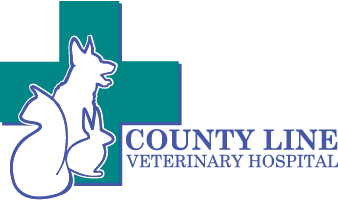Pet Health Articles
-
Tetanus is a bacterial disease that can affect most animals and humans. Horses are particularly susceptible because of their environment and tendency to suffer injuries.
-
Tetracycline (brand names: Achromycin®, Medicycline®, Sumycin®, Tetracyn®) is an antibiotic used to treat certain bacterial infections and inflammatory skin conditions in dogs (such as lupus) and off label in cats, dogs, small mammals, horses, or birds to treat bacterial infections.
-
If your favorite mare is about to produce her first foal, the event you've been anticipating with so much excitement may suddenly become rather frightening. What if something goes wrong?
-
Therapy pets can help people with many facets of their health including physical, emotional, and psychological well-being. These pets live with their owners and make visits to hospitals and other facilities to spend time with these human patients. Therapy pets are not the same as service animals.
-
Thiamine (Vitamin B1) is used both as an injectable drug and an oral vitamin supplement to prevent or treat thiamine deficiency in various species, including dogs, cats, horses, cattle, small ruminants, and pigs.
-
Thrush is an unpleasant infection of the horse's frog that is predisposed by moist, damp, dirty ground or stall conditions.
-
Topical omega-3 fatty acids are found in various skin support products for pets to promote a healthy skin and coat in dogs, cats, small mammals, and horses. These products, such as Dermoscent® Atop 7®, are often used in combination with omega-6 fatty acids to enhance overall health and reduce inflammation. They can also help decrease itching associated with certain skin diseases.
-
Triamcinolone acetonide is given by mouth or injection and is used on and off label in dogs, cats, and horses to treat Addison’s disease, inflammatory conditions, and immune-mediated diseases, among others. Give as directed.
-
Tropicamide ophthalmic (brand names: Mydriacyl®, Paremyd®) is a medication used to dilate the pupils of the eye. It is particularly useful for examining the back of the eye and for preventing scar tissue formation after cataract surgery.
-
This is a common condition, invariably associated with exercise, that most frequently causes hindlimb stiffness, but can affect any of the muscles of the skeleton. Other medical terminologies include 'acute myopathy' and 'rhabdomyolysis'.

